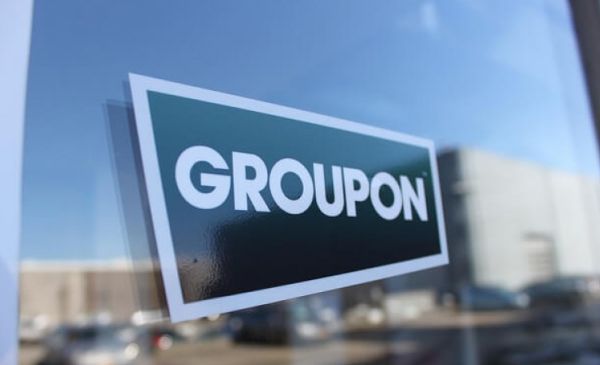Price is often the enemy of differentiation. By definition, being different should be worth something. It’s the reason that supports the case for paying a little more for a product or service. But when price becomes the focus of a message or a company’s marketing activities, you are beginning to be perceived as being unique. What you’re doing is making price the main consideration for picking you over your competition. That’s not a healthy way to go.
Few companies find happiness with this approach for the simple reason that every one of your competitors has access to a pencil. And with it, they can mark down their prices any time they want. There goes your advantage.
Getting Around Price
Market leaders will always be attacked on price. It appears to be almost a law of nature. So what do you do? Do you have to match all their moves that are made against you? Well, there are some tried-and-true methods of getting around a price attack:
1. Do something special. The leader can go to its biggest customer and offer something special. Nike went to Foot Locker with Tuned Air, a $130 running show that they make exclusively for the big shoe retailer. So far, so good. Foot Locker has ordered more than a million pairs.
2. Cause some confusion. In some industries, pricing can be quite complicated. Some years ago, MCI launched their Friends & Families discount program. The deal was discounts on those calls you made to your friends and families as well as to those that were made to you. AT&T ignored this for a while, but MCI’s market share started to climb. Eventually, AT&T introduced “MCI math.” This aggressive ad program challenged those MCI rates as not being very much when you got past the small print (the 20% discount shrunk to about 6%, which worked out to pennies on a phone call.) AS the arguments raged, the market became confused about what was a real discount and what wasn’t. Other discounts from Sprint and a new breed of telephone discounters only added to the confusion. MCI’s market share progress was halted. Who wins when the market is confused? You guessed it: the leader. People just figured, “Why bother? Let’s stay with AT&T.”
3. Shift the argument. Introduce the concept of total cost as opposed to initial cost. In some categories, the costs you incur after you buy a product can be substantial. If your product performs better after the purchase, you might be able to build a cost of ownership versus cost-of-purchase argument. An expensive product, such as a Mercedes, can have a high price, but it will last longer than your average car.
What About Promotions?
Do price promotions do much for a brand? Some extensive international work has shown that sales generally go back to where they were once a short-term promotion is over. A promotion is taken up virtually only by the brand’s long-term or loyal customers. The evidence shows that people seldom buy a strange brand just because its price is cut.
Differentiate With High Price
I’m far more impressed with companies that use a high price to help differentiate themselves. Joy perfume announces that it’s the “costliest perfume in the world.” There are two important principles at work here:
1. High-quality products should be more expensive. People expect to pay more for a better product, but the quality should be visible in some way.
2. High-priced products should offer prestige. If I’ve spent $5,000 for a Rolex, I want my friends and neighbors to know I’m wearing a Rolex. It’s how they know I’m successful. So it is with expensive cars. While they will never admit it, the reason people spend $50,000 for a car is to impress their friends and neighbors.
The Blake Project Can Help: Accelerate Brand Growth Through Powerful Emotional Connections
Branding Strategy Insider is a service of The Blake Project: A strategic brand consultancy specializing in Brand Research, Brand Strategy, Brand Licensing and Brand Education





2 comments
Jeffrey Summers
November 28, 2008 at 10:30 pm
So what about using “price” for promoting trial among people who have never tried your product or service?
Derek
November 28, 2008 at 10:30 pm
Waging war on the price front was much more useful before there were laws against Predatory Pricing.
Unfortunately, the only big company winning on price is Wal-Mart and even their growth has stalled over the past decade.
Like you, I am a huge fan of companies who use high prices as differentiators. Not only do they associate more Prestige with their brand, they also help create a community around their product. The price enables scarcity and people feel privileged to be a part of the community.
This is why I love Apple Products. They’re proprietary, they’re expensive, and they’re just more profitable.
Comments are closed.